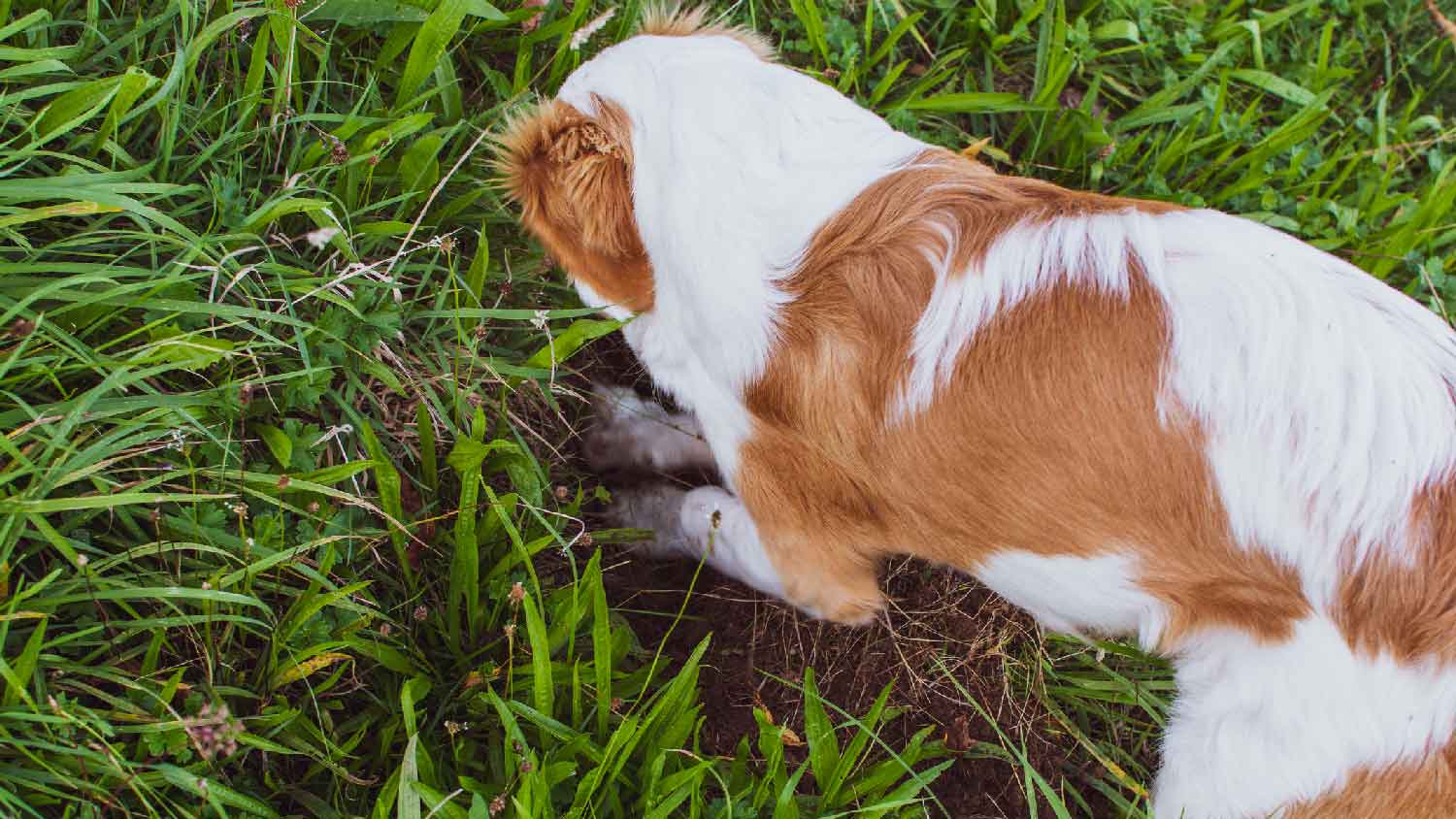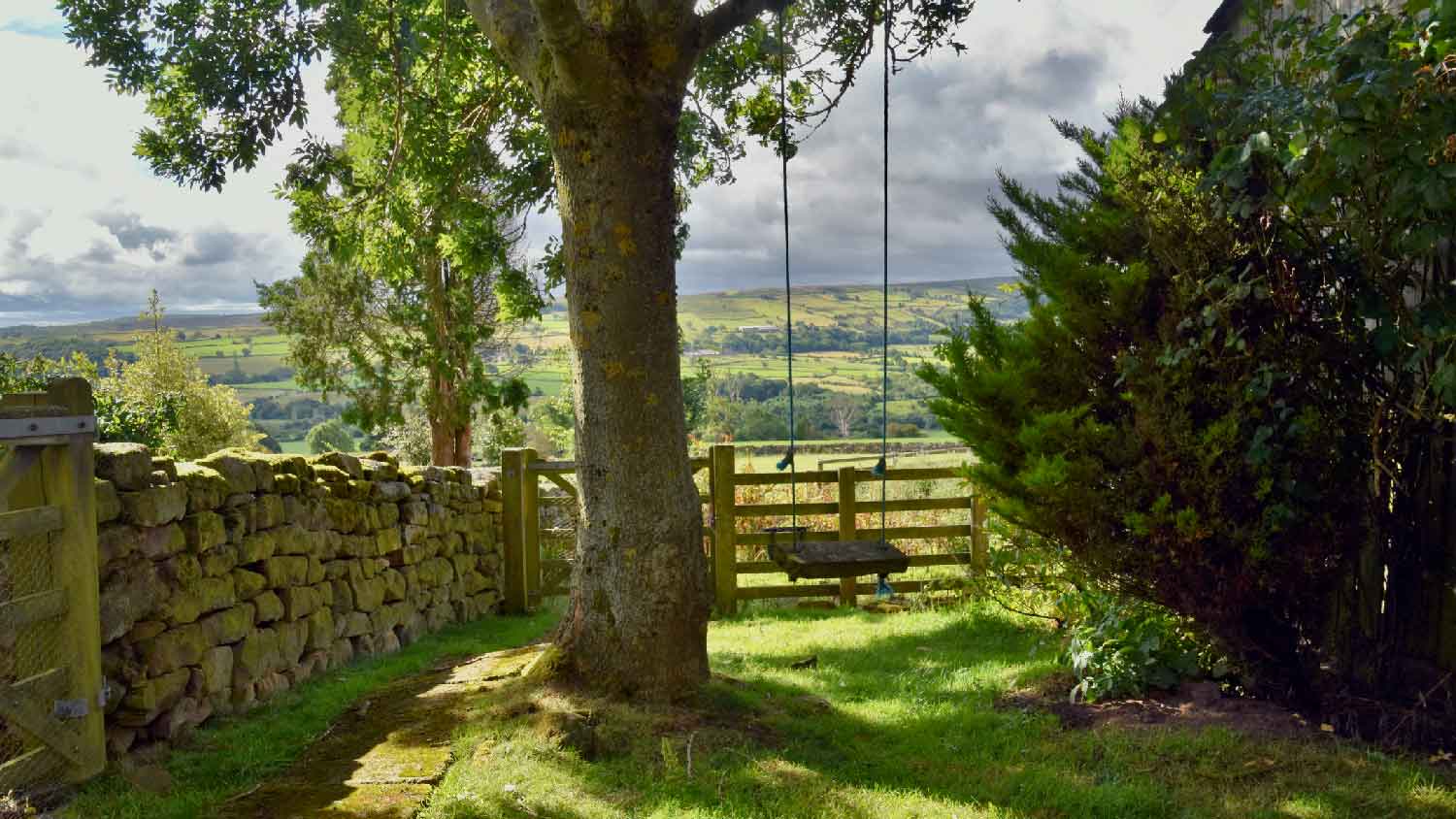
Your total lawn care cost depends on several factors, including the type of service and lawn size. Our guide will cover what you can expect to pay for lawn care.
The road to a lump-free lawn doesn’t have to be bumpy


Lumps can be caused by changing weather, animals, equipment, or tree roots.
Improving lawn health can prevent lumps from forming.
A DIYer can address minor lumps, but significant issues should be left to a pro
There’s nothing quite like looking out on a lush, green lawn on a bright summer day. But if your lawn has lumps and bumps, it might be more of an eyesore than an asset. If you’ve been asking yourself, “Why is my yard lumpy?” this guide will help you determine the most likely cause and the best solution to your lawn woes.
When the soil in your yard freezes and thaws, it can heave up, causing lumps and uneven patches. The result may be similar to when a carpet buckles and bunches up in your home.
Aerate and reseed the lawn to encourage growth in bare or bumpy areas. A well-aerated lawn with healthy growth will better resist the bumps caused by freeze-thaw cycles.
Earthworms help enrich the soil to make it healthier, but they can also create casings on the lawn’s surface that leave unsightly lumps and bumps in your yard. The presence of earthworms suggests your soil is fertile and healthy.
Earthworms are highly beneficial; removing them from your yard is never recommended. Instead, work on thickening your lawn by overseeding it to encourage thicker grass growth that will disguise the casings.

Many animals dig holes in your yard, whether searching for food or a safe place to shelter. Voles, moles, and groundhogs can dig extensive burrow systems under your yard, causing lumps to appear. And if your dog loves to dig, you might find several lumpy spots where they’ve dug holes.
The best solution to this problem depends on the type of animal digging holes in your yard. Installing motion-sensing lights can deter skunks, while spraying predator urine on burrow entrances could encourage groundhogs to move on. Consider hiring a local wildlife control service to help you stop digging animals from visiting your yard.
Overusing heavy garden equipment can cause lumpy ruts or holes in your lawn. If you tend to mow your lawn in the same pattern repeatedly, you may notice grooves or ruts developing.
Vary your mowing pattern to prevent ruts from building up, and check that you’re using your gardening equipment correctly.

The lumps and bumps in your yard could be caused by tree roots growing too close to the surface. Left alone, the roots can grow toward your home’s foundation and cause structural issues.
A local tree removal pro can determine the best way to remove tree roots from your yard. You can also cover surface roots by applying topsoil over them—or just remove the grass from that area and mulch it instead to even it out.
Small lumps in your yard can be addressed by aerating the lawn or applying topsoil to even out bumpy areas. Focusing on your lawn’s health can help prevent future lumps from appearing and making your yard look uneven. However, excessively lumpy yards (or infestations of digging animals) are best left to a pro.
A lawn care professional near you can determine why your yard is lumpy and offer suggestions for remedying the problem. They might suggest a lawn care plan to improve the health of your yard, including fertilization, aeration, and dethatching. Lawn care costs between $100 and $500, depending on the services provided
From average costs to expert advice, get all the answers you need to get your job done.

Your total lawn care cost depends on several factors, including the type of service and lawn size. Our guide will cover what you can expect to pay for lawn care.

Removing an old lawn is often necessary to plant new grass or build a new outdoor structure. Find out what to budget for your lawn removal cost.

How much it costs to rent a lawn aerator depends on what kind you rent and how long you rent it for. Read on for the full details.

A lush moss lawn can be a beautiful, low-maintenance green space that thrives in extreme conditions with little effort.

Many insects are helpful, but some bugs in grass can destroy a lawn. Keep your yard healthy by identifying these common lawn pests and treatments.

Does sugar help your lawn? In some cases, yes. Keep reading to learn how you can use this sweet treat to kill weeds and keep the grass green.